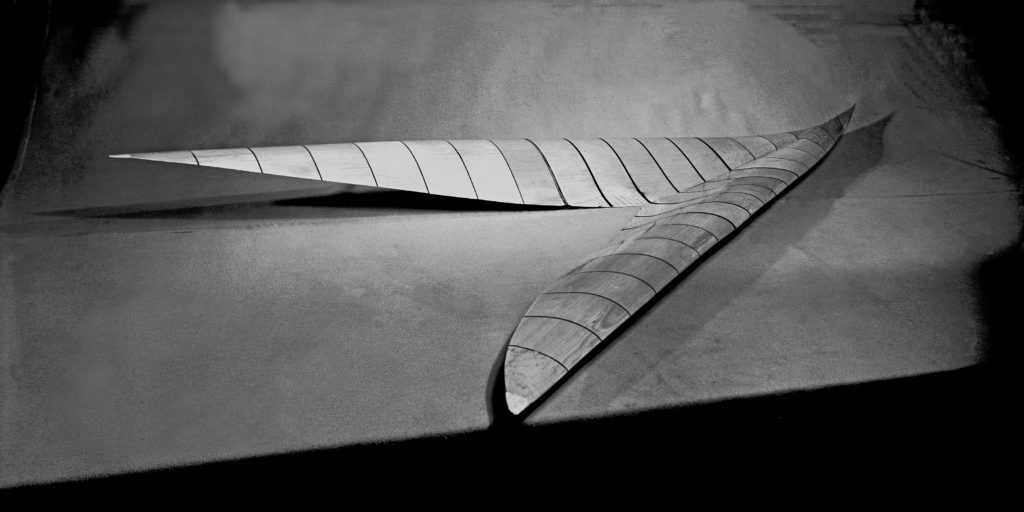The algorithm me fed this 80th birthday celebration for Aaron Copeland at the Kennedy Center in 1980.
For 80, the dude is spry, I can’t imagine being on stage at that age. I don’t care if the adulation of the crowd is addictive. I don’t think I’ll have the energy to get out there and put up a show.
It’s also wild to remember that this event happened more than forty years ago. At the time, our elites were not shy about patting themselves on their backs in highbrow fashion. This was more than a birthday concert, it was a celebration of the century of American ascendance.
The program was properly populated his classics: the Fanfare for the Common Man, an excerpt from a concerto that sampled jazz, Appalachian Spring, and Lincoln’s Portrait. I’ve listened to them all in the past (as background music) and it was good to just sit and focus on the music for once.
However, I must admit that I watched this concert over the course of the month, one piece at a time. I can easily consume a feature-length action flick in one sitting, but I couldn’t properly ingest serious fare in one sitting.
One might blame the instant gratification of this internet age for such weakness, but I don’t think I would have ever thought to watch this concert when I was younger, pre-internet. I never disliked classical music; I just never had the patience for it. So I guess it’s a sign I can now watch a long program (piecemeal).
But let’s not get carried away – I don’t think I would ever pay real cash to sit through a concert, whether classical or contemporary. Music is good for background noise, but I don’t value it enough for attention or money – especially now that everything is on Spotify for free.
We live in wondrous times.
Unfortunately, everything somehow ties into culture war politics nowadays. One of the surprising highlights of the program came at the start of the concert when the cameras highlighted Jimmy and Rosalynn Carter in attendance. The date of the concert was November 12, 1980, one week after he had lost his reelection campaign. What a contrast from the most recent election. Maybe some great music will do us all some good.
